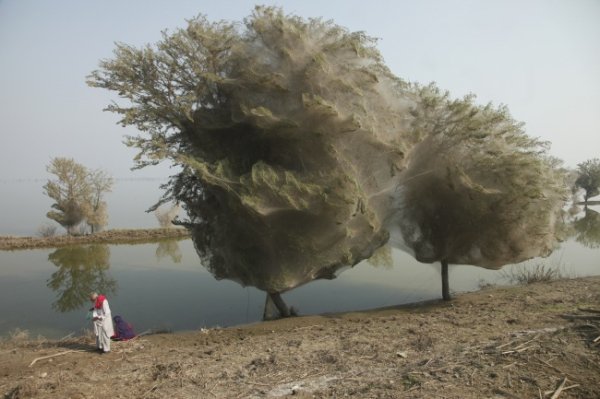
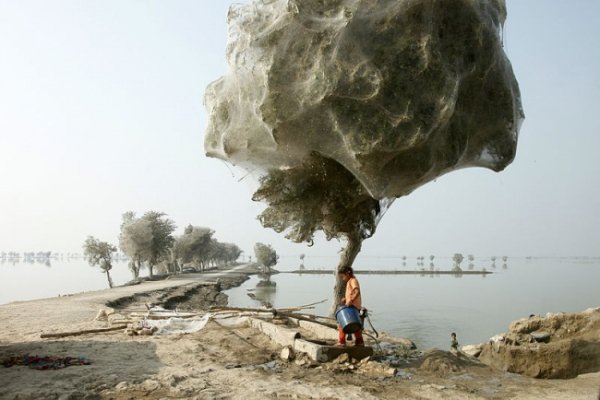
Spider webs: In the aftermath of a particularly heavy flood in Pakistan, spiders retreated to the safe high ground of trees to build their webs.
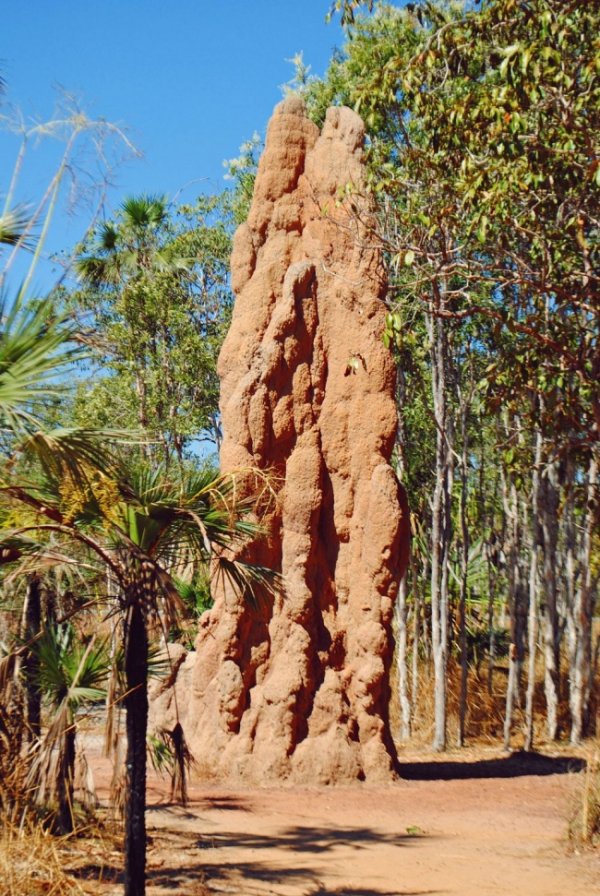
Cathedral Termite Mound found in Litchfield NP, Australia.
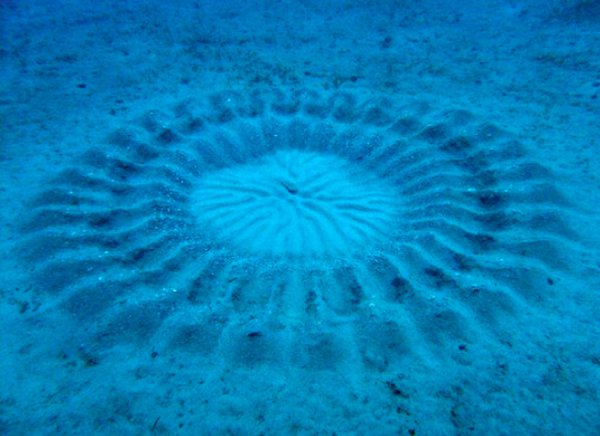
Pufferfish circles: Male pufferfish make these on the ocean floor by flapping their fins and swimming in circles. The goal of the artwork is to attract a female. The more complex the pattern, the better his chances of mating. This whole situation is an adorable Pixar film just begging to be made.
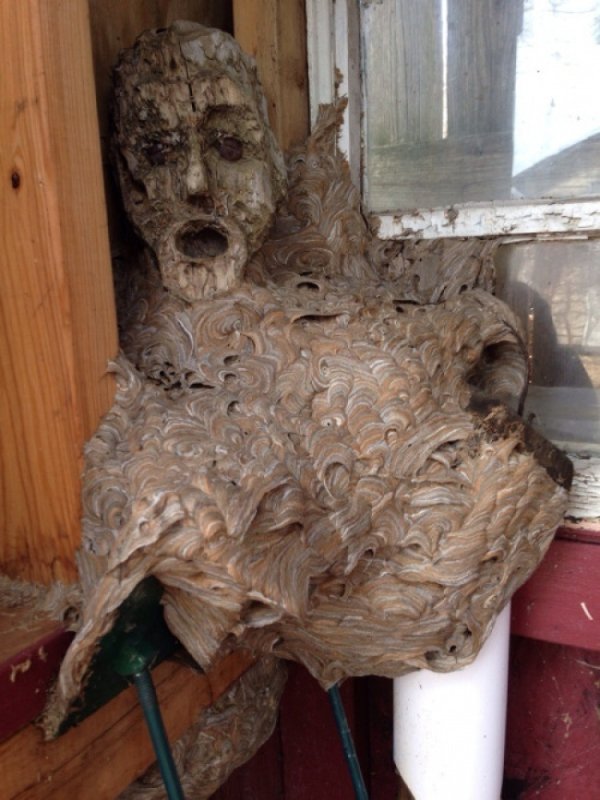
Paper Wasp Nest: These wasps use thin wood fibers to make their nests. This one molded to a statue in a garage, creating a chilling effect.
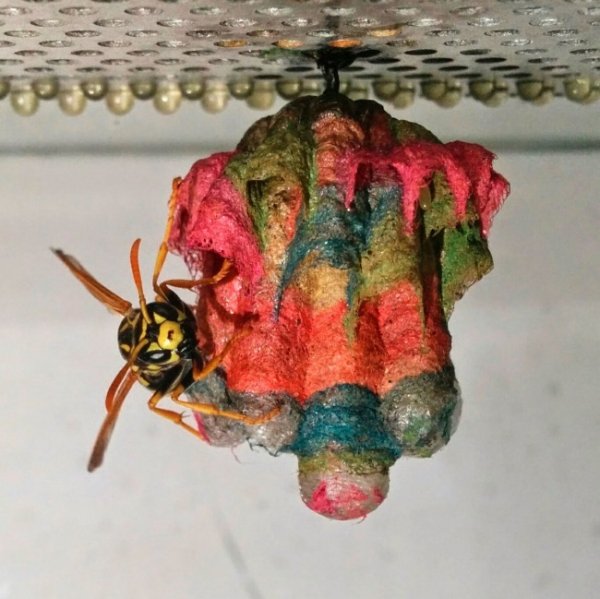
Paper Wasp Nest: these paper wasps used colored paper.
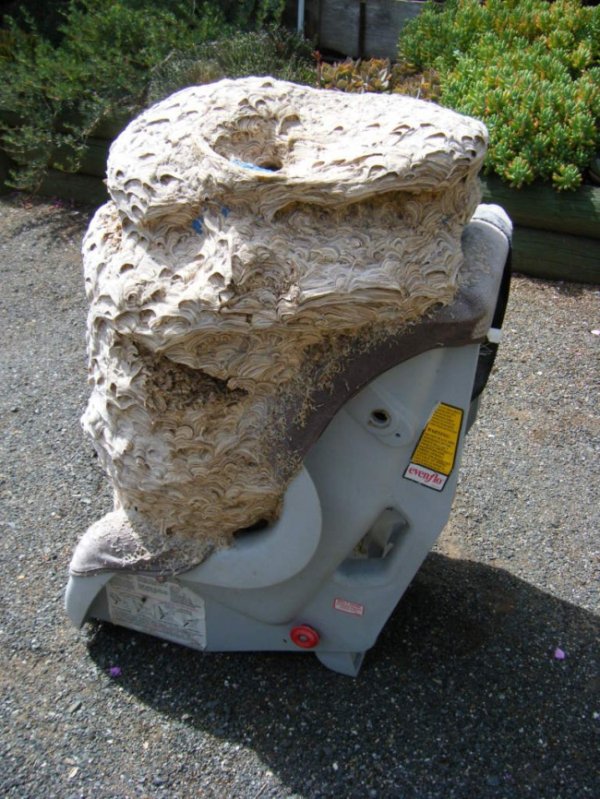
Paper Wasp: And these used an old child’s car seat.
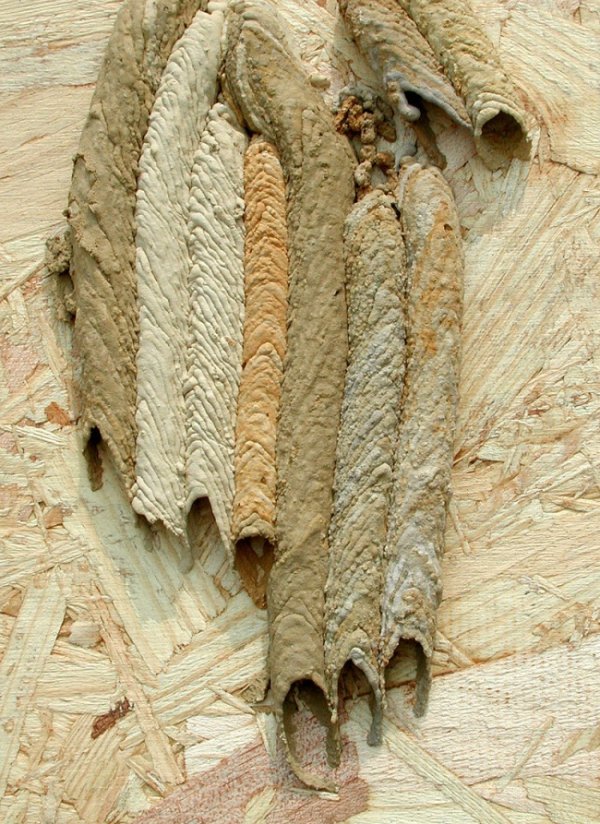
Mud Dauber Prisons: Mud Daubers paralyze spiders, flies, and butterflies, then trap them in a mud cocoon with their larvae. When the larvae hatch, they have a fresh meal.
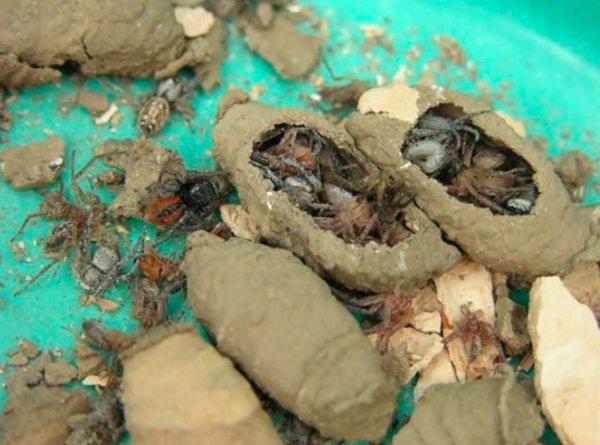
Mud Dauber Prisons.
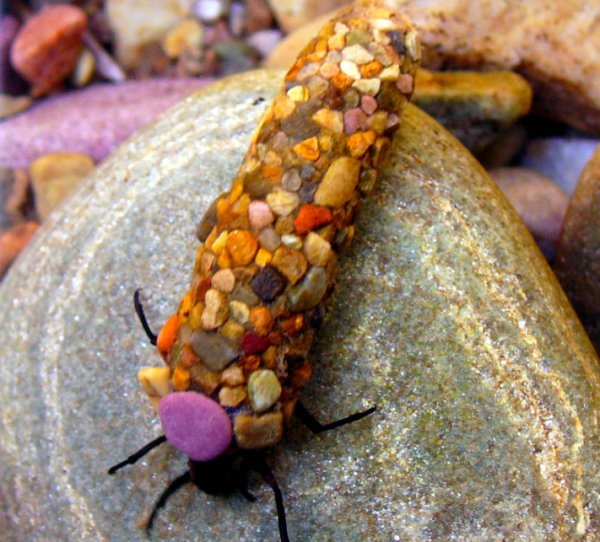
Caddisfly Larvae: these insects cover themselves in stones, shells, weeds, and mud to armor themselves from predators.
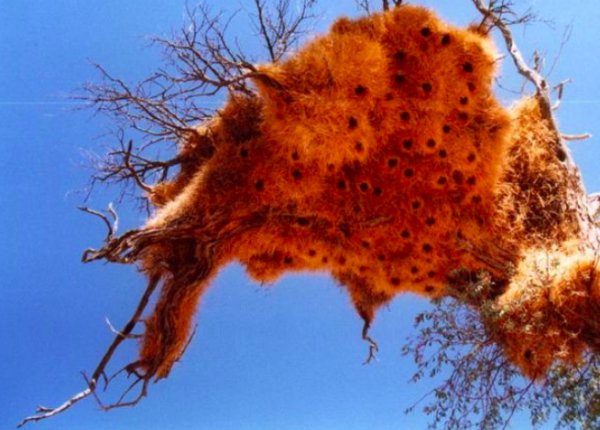
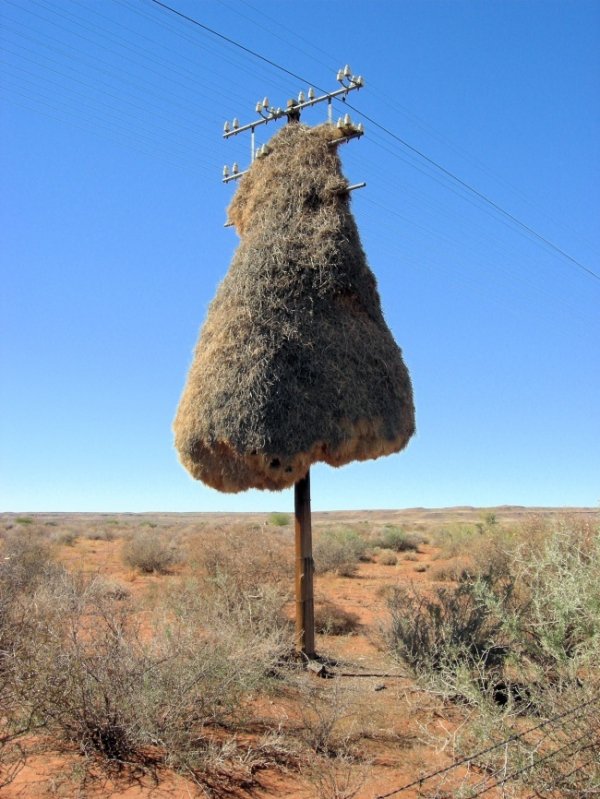
Weaver Bird Nests: These giant, basket-like condominiums house a colony of weaver birds for generations, and have been known to grow so large that trees snap under their weight.
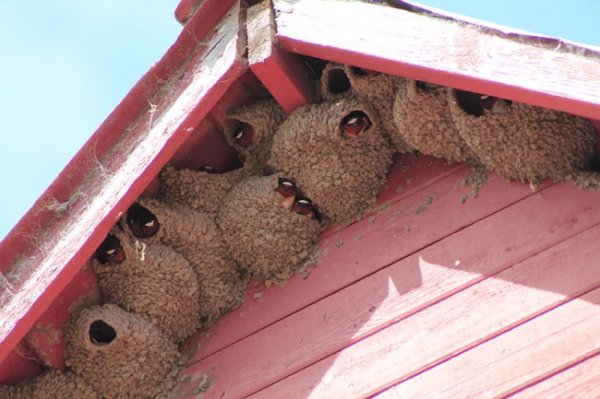
Swallow Nests: Swallow birds build hundred of neat little nests in clusters. The nests, made of mud and the birds’ saliva, are a pricey delicacy in China, India, and Indonesia.
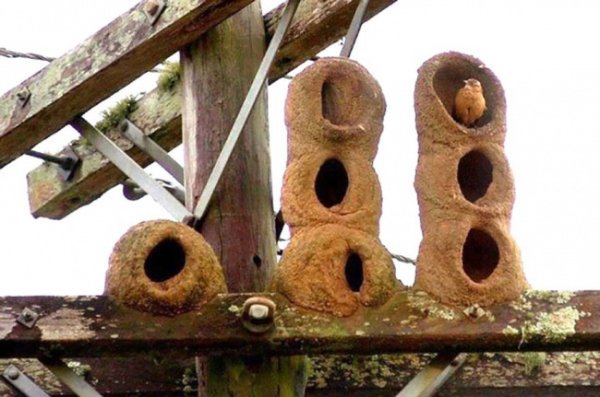
Red Ovenbird Nests: These nests, made of mud, clay, and grass, can take the red ovenbird around 2,000 flights back and forth to collect the necessary materials.
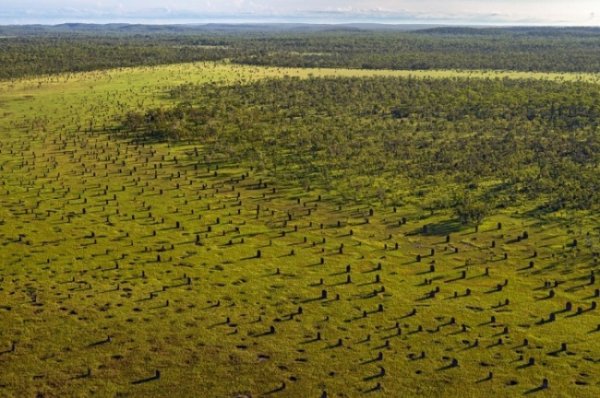
Compass Termite Wedges: These structures stand at around 10 feet tall and house 2 to 3 million termites.
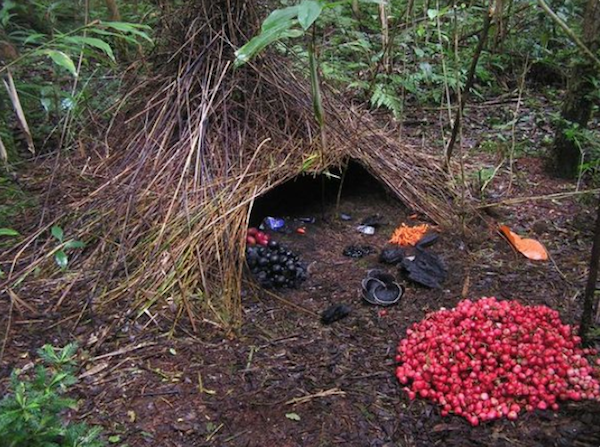
Bowerbird Bower: These birds find berries, beetles, flowers, and other colorful things to decorate their bowers and attract a female. But these fancy dwellings are exclusively bachelor pads — once they find a mate, they move out.
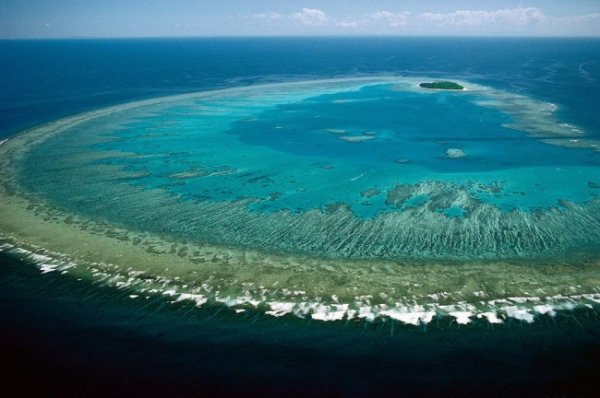
The Great Barrier Reef: The reef was a collaborative effort from underwater organisms that’s over 400,000 years in the making. It covers nearly 4 million square feet.
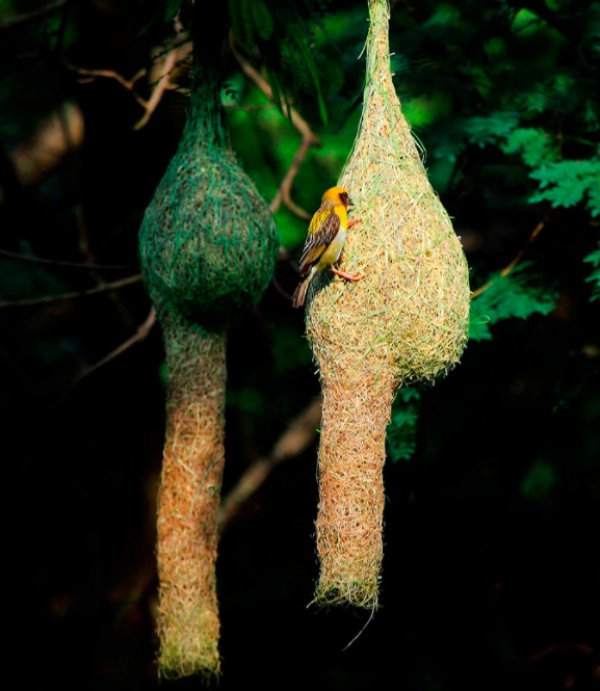
Baya weaver nests: Though made from only grass, the pear shape of the structures and drying from the sun give them surprising durability.
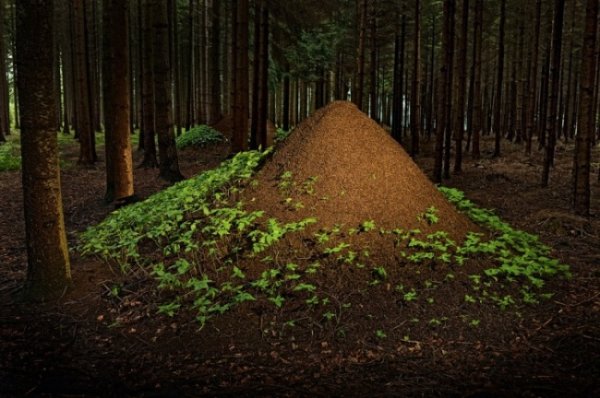
European Red Wood Ant Mounds: the ants’ ability to carry 20 times their bodyweight makes it possible to build these forest skyscrapers.
 Barnorama All Fun In The Barn
Barnorama All Fun In The Barn